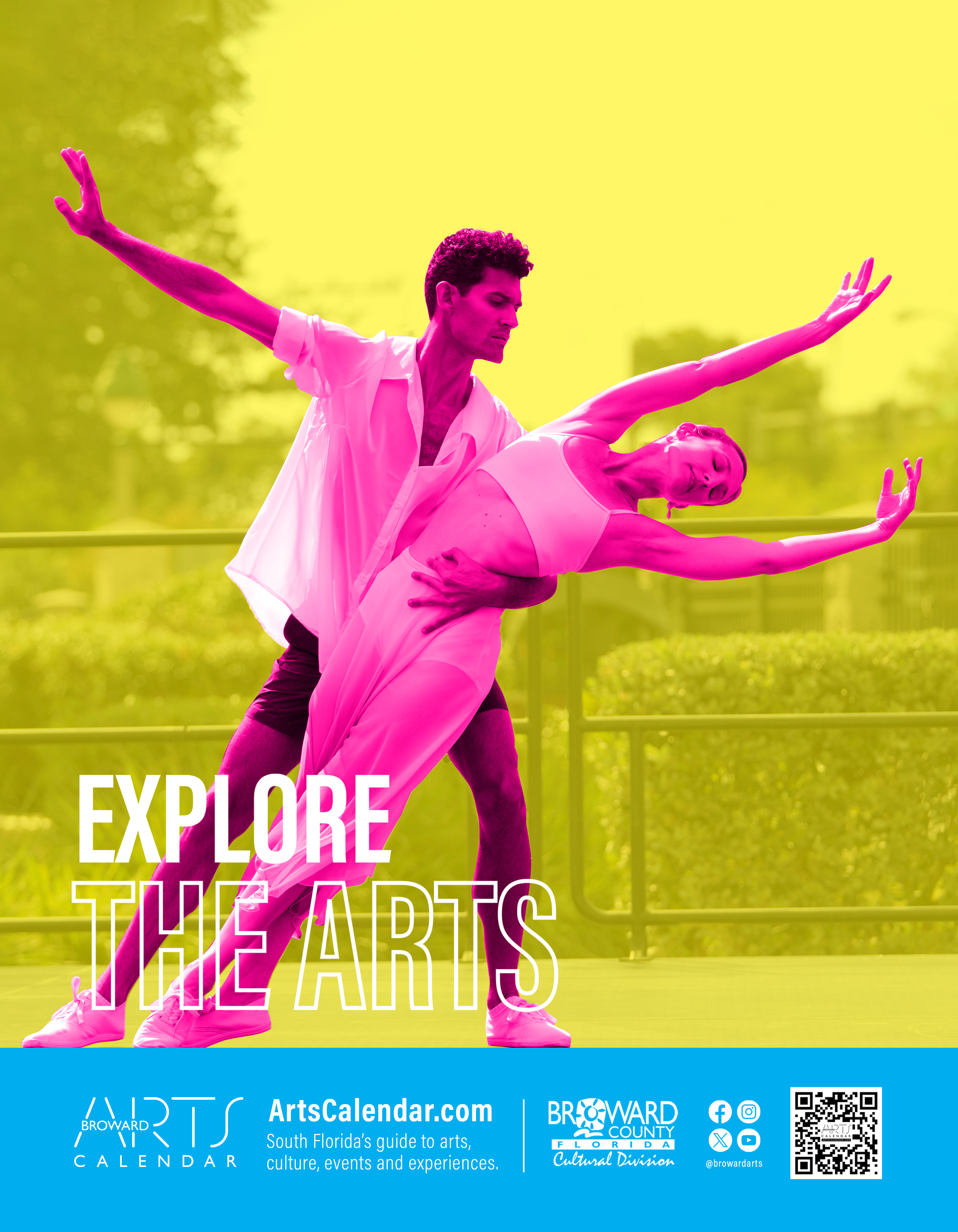
INSTRUMENTATION: Two flutes, two oboes, two clarinets and bass clarinet, two bassoons, two alto saxophones and tenor saxophone, three horns, three trumpets, three trombones, tuba, solo piano, timpani, cymbals, bass drum, snare drum, triangle, gong, banjo, and strings.
“When I’m in my normal mood, music drips from my fingers.” -- George Gershwin
RHAPSODY: Typically a one-movement, free-form work that presents a range of contrasting moods and styles.
CADENZA: A virtuoso passage in a concerto movement or aria, typically near the end and often played without strict adherence to meter or time.
FURTHER LISTENING: Gershwin: Concerto in F; An American in Paris; Three Preludes. Grofé: Grand Canyon Suite
“When I’m in my normal mood, music drips from my fingers” -- George Gershwin
The news that American composer George Gershwin was to write a jazz concerto for bandleader Paul Whiteman’s upcoming all-jazz concert came as a surprise to many, including Gershwin himself.
The story is legend: On January 3, 1924, Gershwin’s brother, Ira, saw in a news article that George was hard at work on the concerto that would become the Rhapsody in Blue, which celebrates its centennial in 2024. George, who was playing billiards at the time and had already turned down Whiteman’s invitation to write a piece for the concert, was understandably perplexed. He rang Whiteman up the next day to demand an explanation.
Professional concertizing being the competitive world that it was, Whiteman had heard that a rival bandleader was organizing a similar concert, and he decided to announce Gershwin’s work and push his own performance date up, sweet-talking Gershwin into composing the Rhapsody for a rapid Feb. 24 premiere.
With no time to waste, Gershwin set about working on a piece that would fuse classical and jazz idioms as was all the rage in the roaring ‘20s, later telling his biographer:
It was on the train, with its steely rhythms, its rattle-ty bang, that is so often so stimulating to a composer... I frequently hear music in the very heart of the noise. And there I suddenly heard — and even saw on paper — the complete construction of the rhapsody, from beginning to end. No new themes came to me, but I worked on the thematic material already in my mind and tried to conceive the composition as a whole. I heard it as a sort of musical kaleidoscope of America, of our vast melting pot, of our unduplicated national pep, of our metropolitan madness. By the time I reached Boston I had a definite plot of the piece, as distinguished from its actual substance.
The rest is history. The famous opening clarinet solo began life as a scale, but as a prank in rehearsal, clarinetist Ross Gorman slid up the scale with a bluesy wail. Gershwin loved the effect and asked him to perform it that way at every performance. After a punchy statement of the opening theme in the orchestra, the piano enters brooding and mysterious and begins to trade virtuosic licks with interjections from the orchestra, with plenty of solo clarinet and trumpet.
Gershwin himself premiered the work, improvising some of the solo sections on the spot. At the time, the composer, only 26 years old, wasn’t confident yet in his ability to orchestrate music, to take a tune and assign harmony and melody to different instruments of the orchestra. Whiteman’s arranger, Ferde Grofé (composer of the famous Grand Canyon Suite), deserves significant credit for the work, as it’s his colorful assignations of solos that immediately captivated listeners. Grofé rearranged the work for a larger orchestra in 1926 and 1942. It’s this last version that still regularly schmalzes its way into concert halls around the globe. At the premiere, critics were divided, though the paper The New York World famously tipped its hat to Gershwin making “an honest woman out of jazz.”
(c) 2024 Jeremy Reynolds
